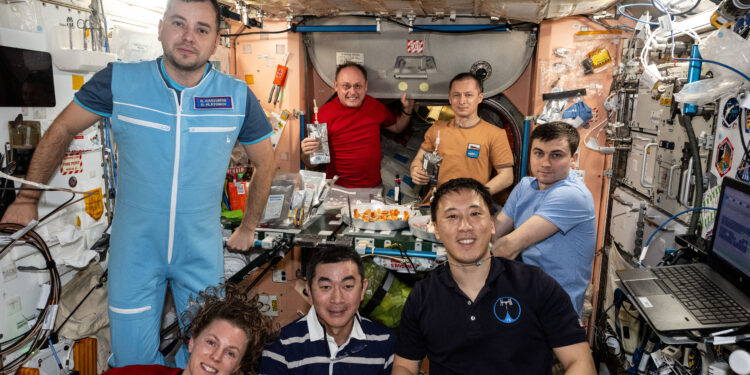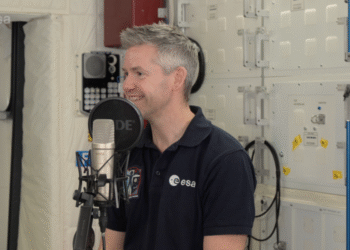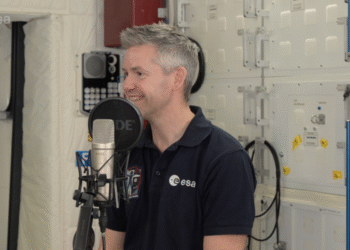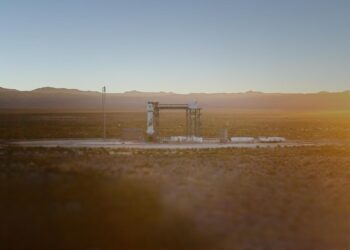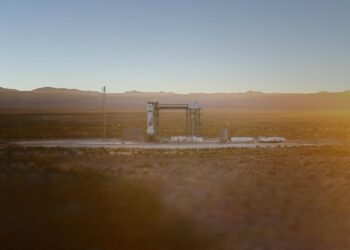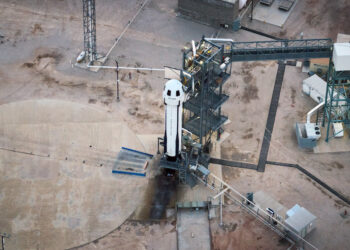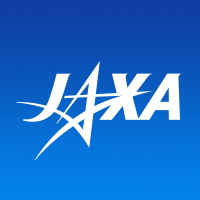The International Space Station (ISS) has begun a bioprinted liver study as the Expedition 73 crew prepares for a first-of-its-kind SpaceX Dragon reboost demonstration. The dual-track operations highlight the station’s role as both a platform for biomedical research and a testbed for new ways to manage orbital altitude.
Bioprinted Liver Research Underway
Unloaded shortly after Dragon’s arrival, the MVP Cell-07 investigation (Maturation of Vascularized Liver Tissue Construct in Zero Gravity) is now running aboard the ISS. The study uses engineered liver tissues with integrated blood vessel structures to examine how maturation and function change in microgravity. Crew members configured a portable glovebag in the Harmony module, installed experiment modules, and placed bioprinted samples into an artificial gravity generator to produce side-by-side comparisons across different acceleration environments.
The results are expected to advance understanding of tissue engineering under spaceflight conditions. Insights from this work could support astronaut health on long-duration missions and inform future therapies and manufacturing techniques on Earth.
Dragon Cargo Ops and Cold-Chain Handling
SpaceX’s Cargo Dragon docked to Harmony’s forward port at 7:05 a.m. EDT on Monday. Following standard pressure and leak checks, the crew opened the hatch roughly 90 minutes later and began transferring time-critical research to station freezers for preservation and scheduled analysis. Additional cargo operations continued through the day as thousands of pounds of supplies and hardware were moved to their designated racks.
First Dragon Reboost Demonstration
In September, Dragon will conduct a station reboost demonstration using an independent propellant kit that employs two Draco engines. The test is designed to verify the spacecraft’s capability to contribute to ISS altitude maintenance, potentially providing another option for orbit-raising and debris avoidance scenarios.
- Docking: 7:05 a.m. EDT (Monday); hatch opening followed about 90 minutes later
- Science: MVP Cell-07 activated with liver tissue constructs in an artificial gravity device
- Logistics: Time-sensitive samples secured in station freezers; cargo transfer ongoing
- Operations: Dragon reboost demo planned for September using a two-Draco reboost kit
Station Operations Across Segments
Routine maintenance and Earth-observation activities continued in parallel. Tasks included swapping computer networking equipment, activating imaging payloads, cleaning life-support systems, collecting radiation measurements, performing orbital plumbing work, and scheduling an automated overnight imaging session of the Asian continent.
Source: NASA ISS Blog


